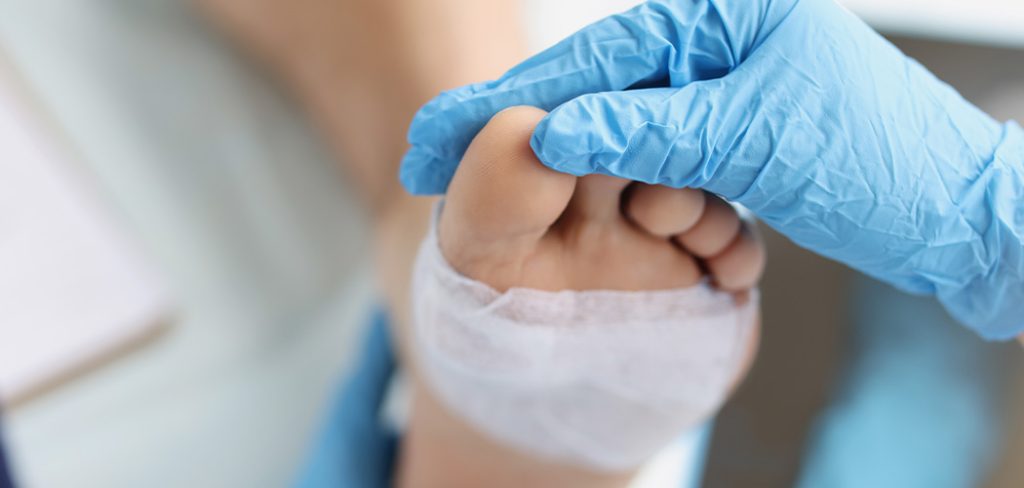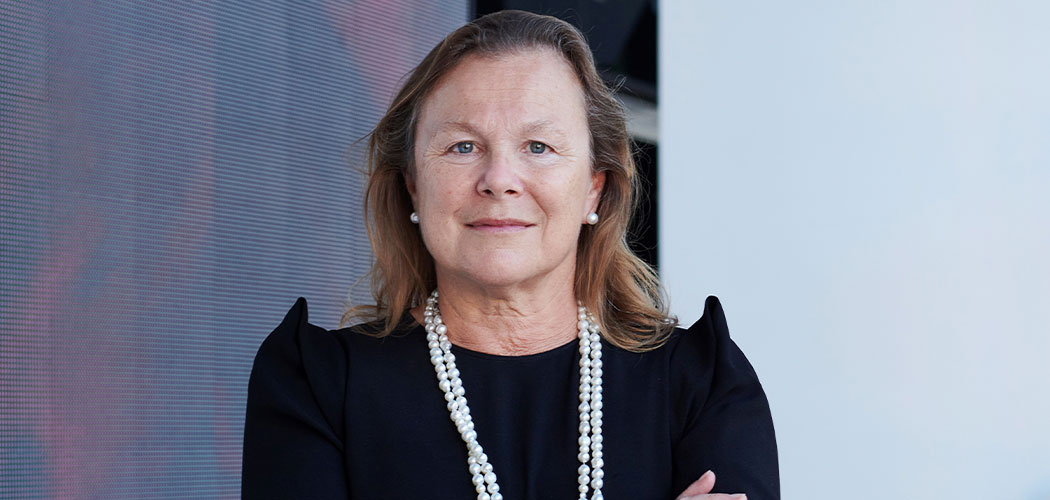“If you’ve got pain in your chest, you wouldn’t ignore that, would you?”, posed world leading burns surgeon Professor Fiona Wood, during her address at the National Press Club on Tuesday.
Oddly enough, as she went onto explain, when it comes to our skin and everyday wounds, many Australians do. In fact, there’s at least 450,000 people across the country battling chronic wounds, costing $6.6 billion to health and aged care budgets.
According to Professor Wood, named 2005 Australian of the Year for her revolutionary ‘spray-on-skin’ technique and support for victims of the Bali bombings, common wounds like cuts and scratches typically heal without issues. However, left untreated, wounds can become chronic, causing debilitating pain and isolation, and leading to significant issues like sepsis.
“I’ve known people who have stayed housebound for years because the smell was so offensive,” Professor Wood told the audience.
To address the often-overlooked issue, Professor Wood, a Board Director of Wounds Australia, pointed to a need for greater prevention efforts, improving education and knowledge, including in primary health and among patients, and ongoing funding that recognises the significant costs, for items like dressings, to properly manage chronic wounds.
While Australian wound care standards are among “the best in the world”, Professor Wood said the entire health system needed to come together to improve wound management and outcomes, particularly for the vulnerable aged care population.

To coincide with this week’s Wound Awareness Week 2024 (2-8 September), Professor Wood used the spotlight to launch Wounds Australia’s ‘5 Point Plan to solve Australia’s chronic wound epidemic’.
The peak body’s vision to stop wounds becoming chronic involves empowering Australians to understand the warning signs and upskilling the workforce to prevent and heal chronic wounds. It outlines:
- Extend free wound care to people at high risk of chronic wounds
- Establish an ongoing National Wound Prevention Campaign
- Expert wound support in primary and aged care
- Wound care education for primary and aged care
- World-leading Australian wound care research
Wounds Australia says the nation can solve chronic wounds by investing in evidence-based prevention, assessment, treatment and education. But unless prioritised through urgent reforms, chronic wounds will continue to “burden the physical and emotional health of our country”.
Professor Wood said progress had been made but there was still much work to do.
Asked about the role artificial intelligence (AI) could play in helping to solve Australia’s chronic wound crisis, Professor Wood said the technology was being trialled already and had potential to improve management and care.
“I think to get the right dressing on the right person at the right time is absolutely right in the wheelhouse of this kind of technology,” she said.
“What we need to know is what is the basic information we need of that person, [for example], an image. And then we can guide, accurately, what dressing they need and more particularly when they need escalating.”
Professor Wood’s closing message for all Australians was simple: take care of your skin before it’s too late.
“I think the skin is a wonderful thing. It’s got a great capacity to heal,” she said.
“And the vast majority of the time, when you knock the bark off, you’ll be fine. I mean with the small scratches and things [like that]. And so, we are sort of in this situation where yes, the skin has got a capacity to regenerate. But it doesn’t take much to tip over that.”
Read Wounds Australia’s 5 Point Plan to Solve Australia’s Chronic Wound Epidemic here









3 Responses
Yes we need to educate not only the nurses but all care workers in aged care both residential and home care on good wound care from the first sign of a wound not months down the track where it is chronic.
How about starting with the GPs! I have seen wounds that were not dressed properly and then when I see them and change the regime it takes ages to heal what started off as a simple wound. And the GPs think compression with tubigrip is one size fits all!!!!!
The biggest barrier is getting doctors to learn about wound hygiene and biofilms instead of defaulting to blaming the patient when their inappropriate treatment fails. A good start for all health workers would be reference to the excellent International Consensus Document published by the Journal of Wound Care, “Defying hard-to-heal wounds with an early antibiotics intervention strategy: wound hygiene” (freely available on the internet).
My personal experience is suffering a miserable six years of my 30s and 40s (two separate infections, one ongoing after three years) being gaslit by two dozen different doctors, including multiple microbiologists, dermatologists and plastic surgeons, that steadfastly cling to their initial shoot-from-the-hip diagnosis (which would be better performed by computer software) and refuse to review contradictory evidence or to even examine the wound under magnification and bright lighting. I have had a microbiologist tell me that I can’t have biofilm because I don’t have any medical implants, and a dermatologist tell me that Staphylococcus lugdunensis is a harmless commensal species, both of which are demonstrably incorrect. The microbiologist also dismissed the biopsy results as sample contamination but refused to order a second one, instead preventing GPs treating the infection by writing a report stating that antibiotics will not help me. When I became dangerously ill, I had four different doctors blame my racing heart and high blood pressure on “your anxiety” (which I have never been diagnosed with and do not suffer from) and then white coat hypertension. It was only after a wound care nurse reported the same symptoms that a doctor set up 24-hour blood pressure monitoring, which dismissed the white coat hypertension and anxiety ideas. Even then, they still refuse to treat the infection, preferring to prescribe drugs to suppress the secondary blood pressure symptoms. I remain debilitated by the infection in my forearm that began with countless small penetrating injuries from native vegetation prickles but was complicated beyond my ability to self-treat by the July 2022 punch biopsy, which drove the infection into the subcutaneous fat.